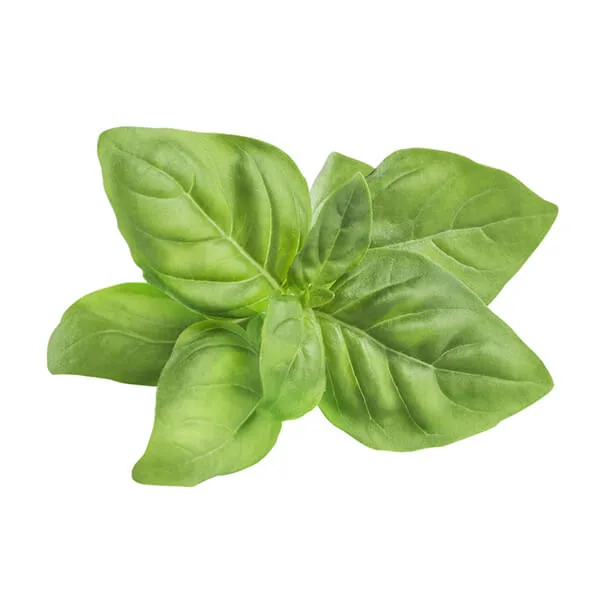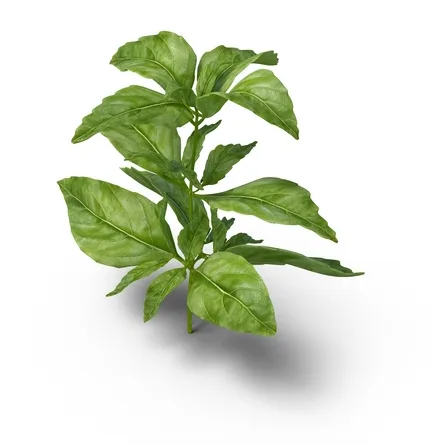How to Preserve Basil in 3 Easy Ways?
Preserving basil is a great way to ensure fresh, flavorful herbs throughout the year, even when basil is not in season. There are several methods for preserving basil, each with its own pros and cons. This article will explore three popular ways to preserve basil: drying, freezing, and pickling.
Drying Basil
The first method for preserving basil is drying. Drying basil is a simple and straightforward process that involves removing the leaves from the stem and allowing them to dry in a warm, dry place. The leaves should be completely dry before storing them in an airtight container. Dried basil will last several months and can be used in various recipes.
The main advantages of drying basil is its relatively low-maintenance preservation method. Once the basil is dry, it requires no further attention and can be stored for an extended period of time. Dried basil can be used as a seasoning for various dishes, such as pasta sauces, soups, and stews.
Freezing Basil
A second popular method how to preserve basil is freezing. This method involves washing the basil leaves and blanching them quickly in boiling water. Once cooled, they can be packaged in airtight containers and frozen. Frozen basil lasts several months and can be used in various recipes, such as pesto, soups, and stews.
One of the main advantages of freezing basil is that it retains much of its flavor and texture, even after being frozen. This makes it an ideal choice in recipes where fresh basil is normally used. However, one of the main disadvantages of freezing basil is that it does require some preparation and maintenance. Although somewhat arduous, all these steps are essential to preserving your basil properly.
Pickling Basil
Lastly, the third method for preserving basil that we will explore is pickling. Pickling is a method of preservation that involves immersing the basil in a vinegar and salt solution, this creates an acidic environment that prevents the growth of harmful bacteria and preserves the basil. You must start by washing and drying the basil leaves to pickle basil. Then, prepare a solution of equal parts white vinegar and water, adding a pinch of salt. Place the basil leaves in a sterilized jar and pour the vinegar solution over them, ensuring they are completely covered. The jar should then be sealed and stored in the refrigerator.
Pickled basil will last several weeks in the refrigerator and can be used in various dishes, such as sandwiches, salads, and charcuterie boards. One of the main advantages of pickling basil is that it adds a delicious tangy flavor that can complement a variety of dishes. It also has the added benefit of being a different flavor than fresh or dried basil. However, one of the main disadvantages of pickling basil is that it requires additional time for the pickling process, and it may also take some time to get used to the flavor as it’s different from the taste of fresh basil.
Preserving Basil is Essential
If you don’t use any preservation methods, the shelf life of fresh basil is relatively short. Basil is a delicate herb sensitive to temperature and humidity changes, which can cause it to spoil quickly. Fresh basil stored at room temperature will generally only last 1 to 2 days, while basil stored in the refrigerator lasts about a week.
But it’s also worth noting that fresh basil will lose its flavor and aroma even under the best storage conditions after a few days. So, if you want to enjoy fresh basil for an extended period of time, preservation methods such as drying, freezing, pickling, or even making pesto are recommended.
That being said, fresh basil may be the best option for many culinary uses, and its flavor is at its peak when it’s fresh. So if you plan to use it in the next few days. It is best to consume it fresh and not preserved.
The Health Benefits of Basil
Basil is a herb that is not only delicious but is also packed with various nutrients that can provide many health benefits. Some of the key health benefits of basil include its anti-inflammatory properties, thanks to compounds such as eugenol. It can help reduce inflammation throughout the body.
This can help reduce the risk of chronic diseases such as heart disease, rheumatoid arthritis, and some forms of cancer. Furthermore, basil contains antioxidants such as Vitamin A, Vitamin C, and flavonoids. It can help protect the body against free radical damage and reduce disease risk.
Basil is also believed to benefit cardiovascular health by reducing the risk of heart disease and stroke. Additionally, the compounds in basil have been shown to have antimicrobial and cancer-fighting properties. It is also rich in Vitamin K, important for maintaining strong and healthy bones. Furthermore, it’s also a good source of minerals such as magnesium, which is important for maintaining bone density.
Basil also positively impacts mental health; the compounds in basil have been found to help with stress and anxiety relief. Moreover, basil has been traditionally used in Ayurvedic medicine to support digestive health and alleviate indigestion. Remember, these benefits come from consuming basil in moderate amounts as part of a healthy diet. So be sure to preserve basil appropriately to use it whenever you desire!
Final Words
In conclusion, there are several methods to preserve basil, each with its own pros and cons. Drying, freezing, and pickling are three popular methods. It can help ensure a steady supply of fresh, flavorful basil throughout the year. Each method has its own specific benefits and drawbacks. So, it’s a good idea to experiment with different methods to find the one that works best for you. With these preservation techniques, you can enjoy the benefits of fresh basil even in the off-season.




